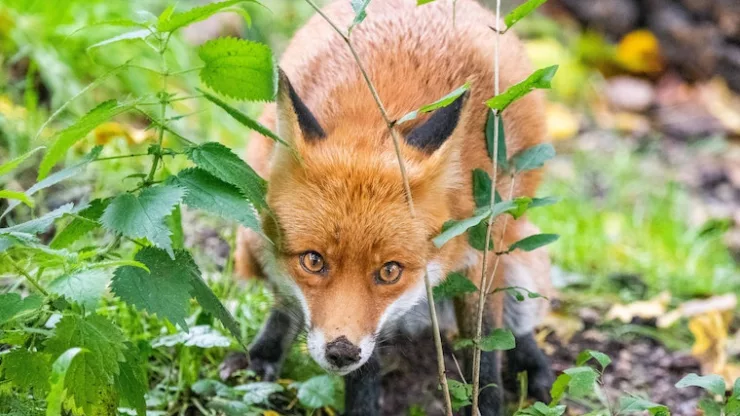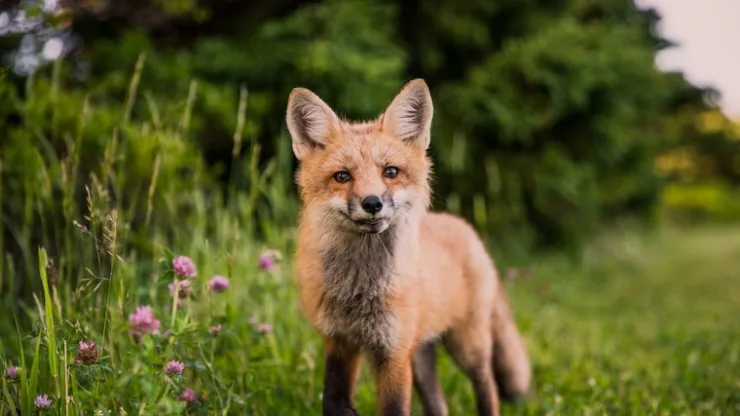Cities are not just home to humans but also to a variety of wildlife. One of the most exciting urban creatures is the urban fox.
These adaptable creatures have made the concrete jungle their home and are now a common sight in many cities around the world.
This article will explore the evolution of urban foxes, their behavior, impact on cities, and management strategies.
Jump to Section
Introduction
Urbanization has led to the creation of unique habitats for a variety of wildlife species. Urban foxes are one such species that have learned to adapt to city life.
These creatures have been able to thrive in urban areas despite the presence of humans.
Urban Foxes: Adapting to City Life
Introduction
What are Urban Foxes?
Urban foxes are red foxes that have adapted to living in urban areas. These creatures are found in cities around the world, including London, Berlin, and New York.
The Evolution of Urban Foxes
How Foxes Adapted to City Life
Foxes have adapted to city life in several ways. One of the most important adaptations is their diet.
Urban foxes have learned to scavenge for food in garbage cans and dumpsters.
They also feed on small animals, such as rodents and birds, which are abundant in urban areas.
The Role of Human Interaction
Human interaction has played a significant role in the evolution of urban foxes. The presence of humans has provided a source of food and shelter for these creatures.
Foxes have learned to live alongside humans, and in some cases, have even become accustomed to their presence.
The Behaviour of Urban Foxes
Fox Dens in Urban Areas
Urban foxes typically make their dens in quiet, secluded areas such as gardens, parks, and abandoned buildings. These dens provide shelter for the foxes and their young.
Fox Diet in Urban Areas
The diet of urban foxes is diverse and includes a variety of foods such as rodents, birds, insects, and plant material.
They also rely on human food waste as a significant source of nutrition.
Fox Social Behaviour in Urban Areas
Urban foxes are social animals that live in family groups. Family groups typically consist of a male, female, and their offspring.
Foxes are most active at night, and they use scent marking to communicate with each other.
The Impact of Urban Foxes on Cities
The Benefits of Urban Foxes
Urban foxes play an essential role in urban ecosystems. They help control rodent populations and provide a source of food for other urban wildlife species.
The Risks of Urban Foxes
While urban foxes are generally not a threat to humans, they can pose a risk to pets. Foxes have been known to attack small dogs and cats.
Managing Urban Fox Populations
The Role of Local Authorities
Local authorities are responsible for managing urban fox populations.
They may use a range of methods, including trapping and relocation, to control urban fox populations.
Fox Control Methods
There are several fox control methods that local authorities may use. These include trapping, shooting, and the use of repellents.
The Future of Urban Foxes in Cities
Urban foxes have proven to be highly adaptable animals, and they are likely to continue to thrive in urban areas.
As cities continue to expand, it is essential to manage urban fox populations to prevent conflicts with humans and pets.
FAQ
Are urban foxes dangerous to humans?
Urban foxes are generally not dangerous to humans. However, they can pose a risk to pets.
How can I prevent urban foxes from entering my garden?
You can prevent urban foxes from entering your garden by securing your garbage cans and compost bins, and by installing fox-proof fencing.
I’m a nature enthusiast and creator of Metro Wilds and have spent years exploring the great outdoors.
With a passion for environmental conservation and sustainability, I have dedicated my career to writing about the beauty and wonders of nature, as well as the threats facing our planet.
Contact me at [email protected] for assistance.





